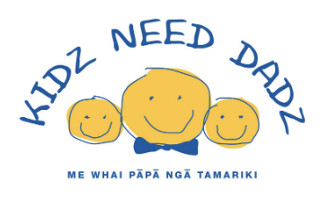Glue Ear – Does Your Child Hear Things?
Christchurch GP Alec Marshall offers some advice on this all too common problem
It is very difficult as a parent to discern the difference between lack of concentration and deafness in our children.
Glue Ear is the commonest reversible cause of hearing impairment in children. It is a condition which usually follows on from an ear infection of a nasty cold or flu bug.
The Eustachian Tube becomes blocked. This tube is the only exit available for fluid to drain out from the middle ear chamber.
The fluid then sits in the middle ear and prevents or lessens the passage of sound through it.
What symptoms can you see in a child with Glue Ear?
You may not notice anything, but signs can
1) Not listening
2) Crying or fretting
3) Behavioural problems
4) Poor speech development
5) Past history of cold, flue or ear ache
6) Unsteadiness of standing or walking, or falling over
7) Saying “what?” a lot
8) Pulling on ears
9) Greenish discharge from the nose
10) Speaking loudly
*** Remember – you may see no signs
What can you do to prevent Glue Ear or to assist in draining it away in your children?
♦ Do not allow smoking near your children.
♦ Breastfeed.
♦ Feed in “head-up” position with breast or bottle, not lying down.
♦ Encourage children to blow their noses (not to sniff)
♦ Watch out for allergies causing congestion (dust, pet hair, plants, and occasionally foods, e.g. milk).
♦ Tilt the head of the bed up slightly to assist drainage.
♦ If any problems are confirmed ensure teachers and caregivers are aware so they can give special attention at the front of class.
How can you check for Glue Ear?
There is some information to be gained by a doctor looking at the ear drum with his otoscope. However, the appearances can be deceptive and Glue Ear can look normal.
The best ways to be sure are to check with a tympanometer which shows whether fluid is present, and in older children to perform audiometry which tells us directly how much they can hear.
Because there is a natural drainage of fluid with the passage of time. In some children most doctors will want to repeat testing before commencing treatment.
Treatment often consists of around three weeks of an antibiotic, possibly with a decongestant medicine or nasal spray. Re-testing after treatment discerns whether specialist referral is necessary to consider the insertion of ventilation tubes (grommets).
Tympanometry and audiometry are available free of charge at the Christchurch Child & Family Clinic for children under age 6, and for $5- $10 for older children, If you are conderned about your child’s hearing, make sure it is fully checked out.




